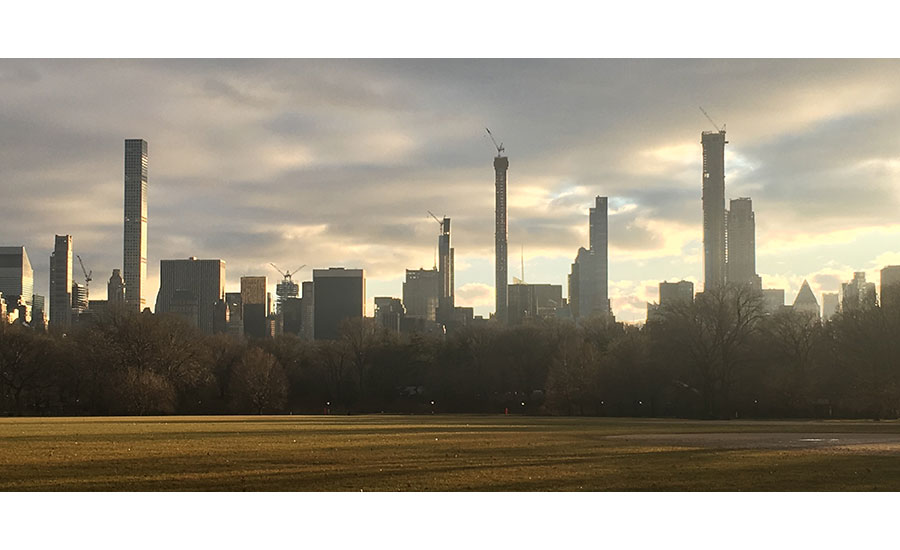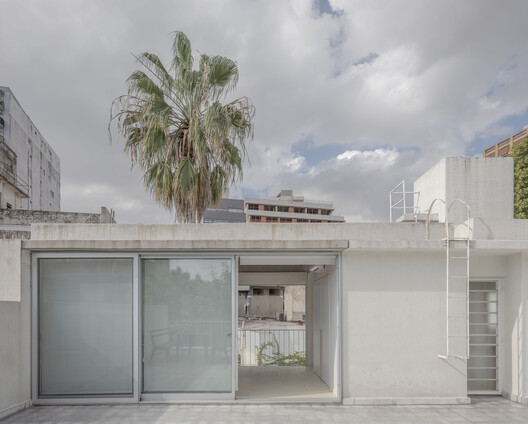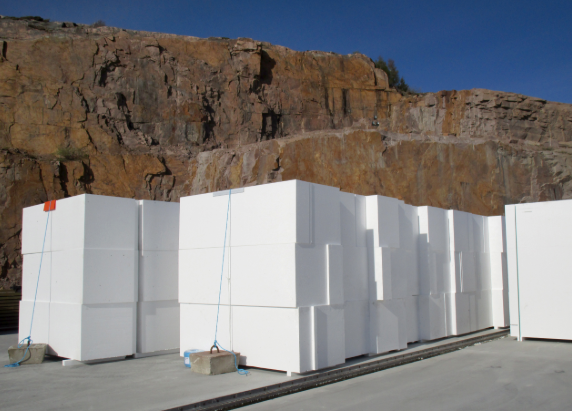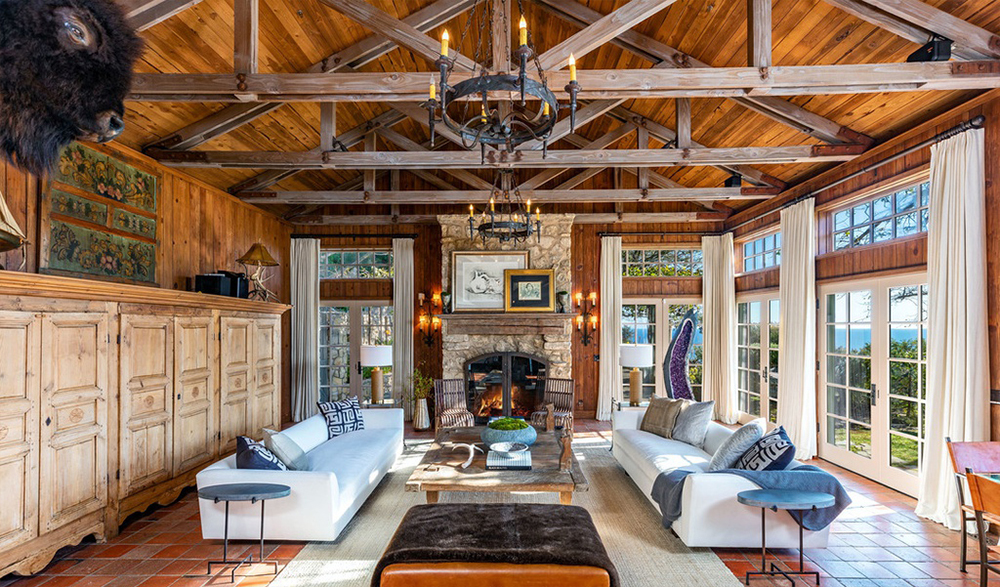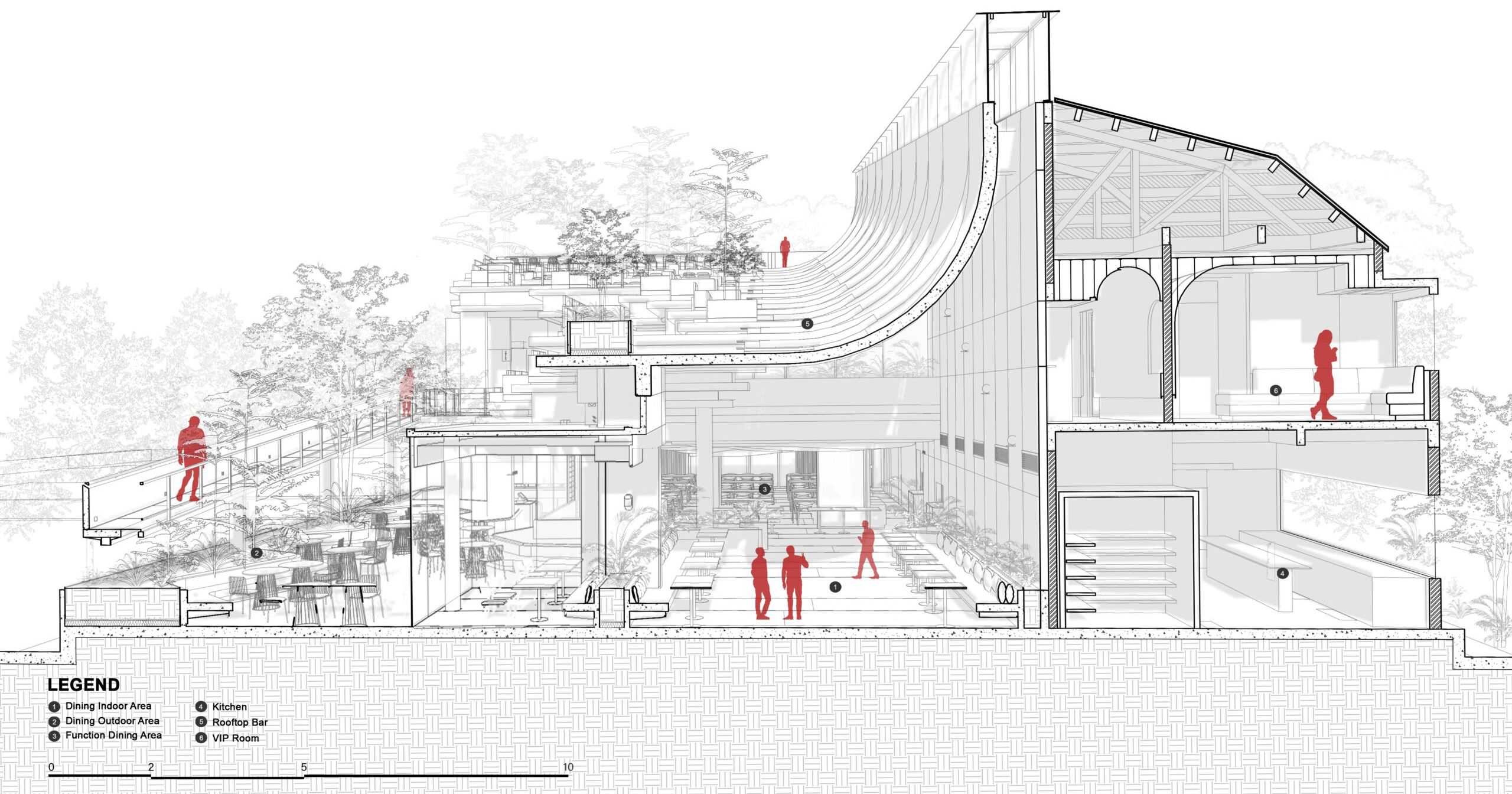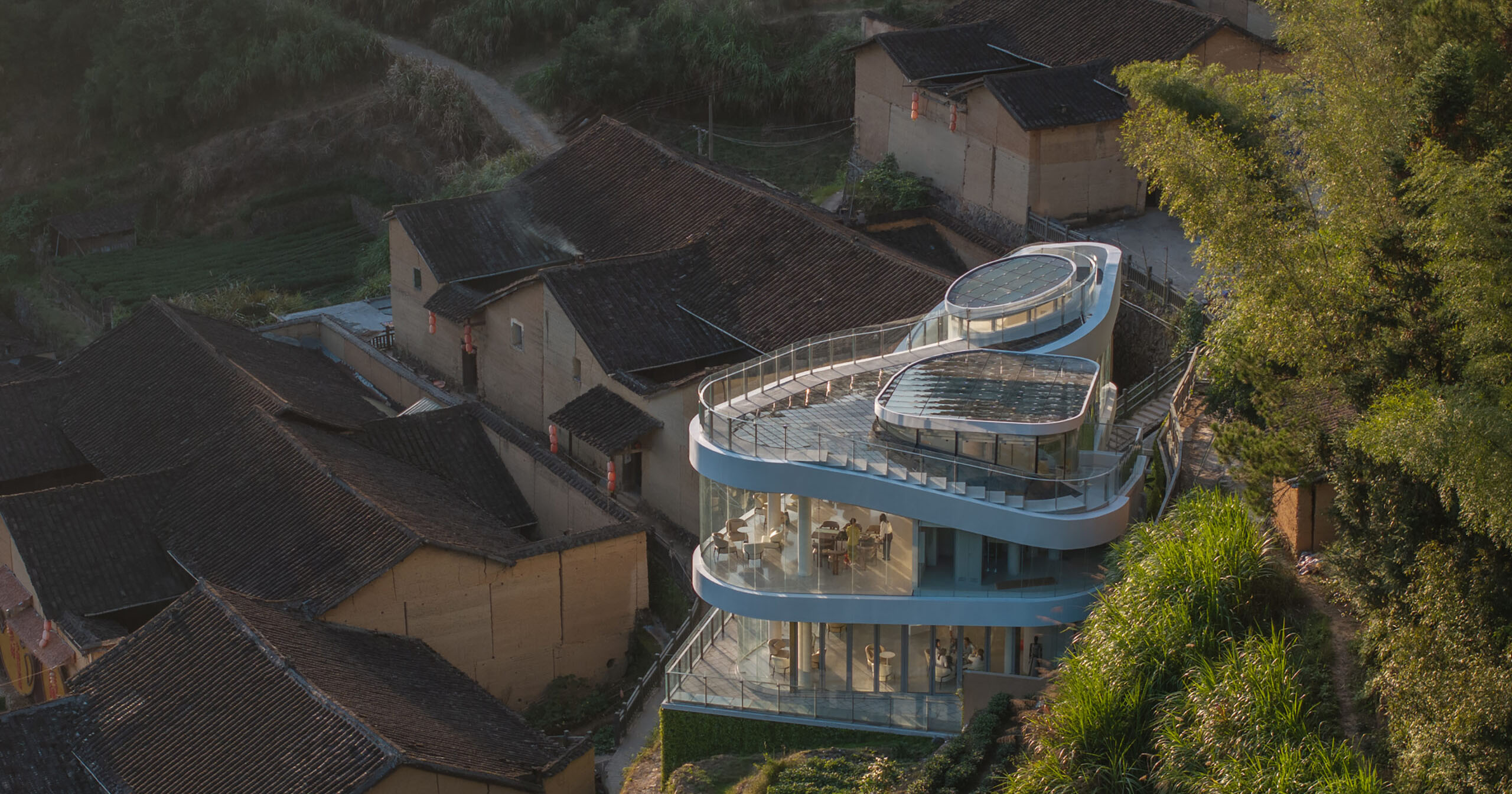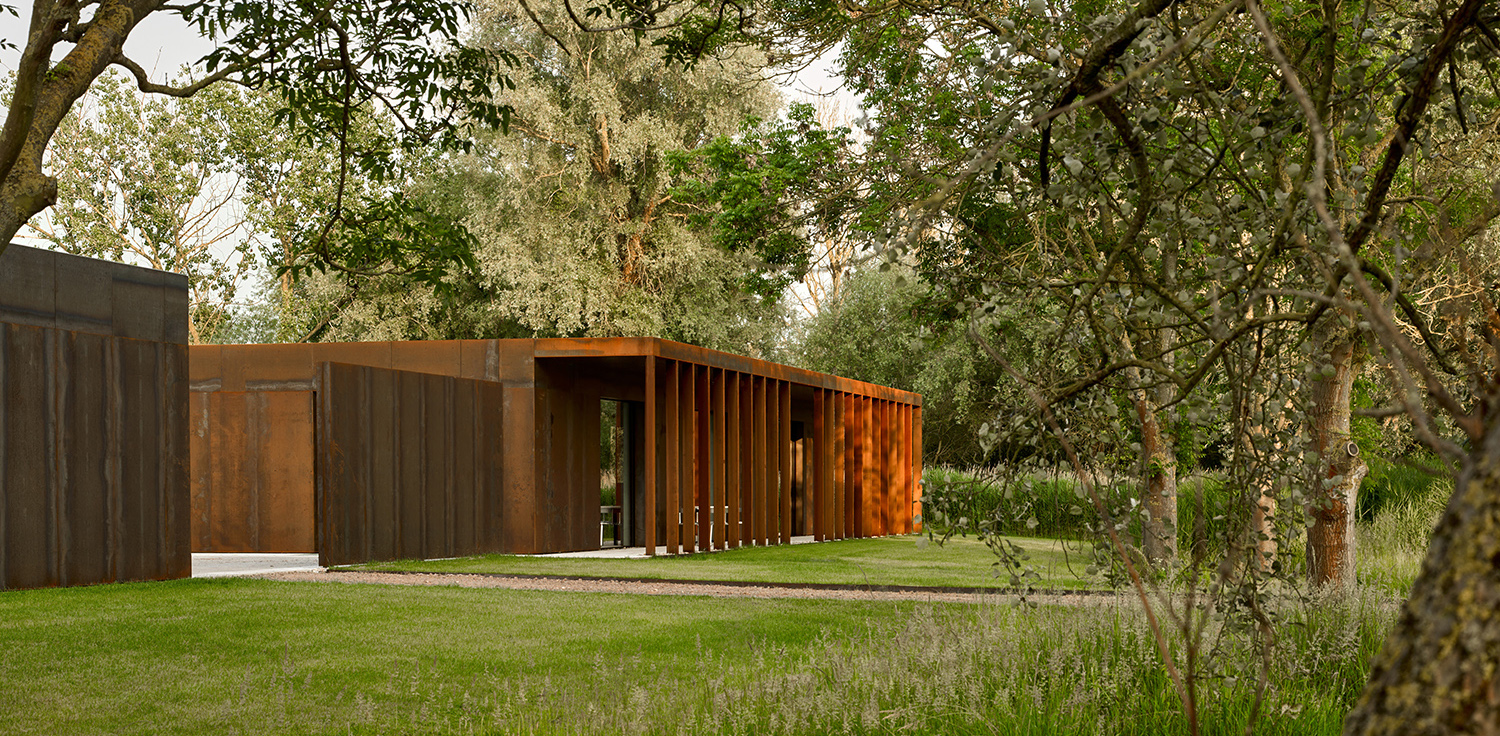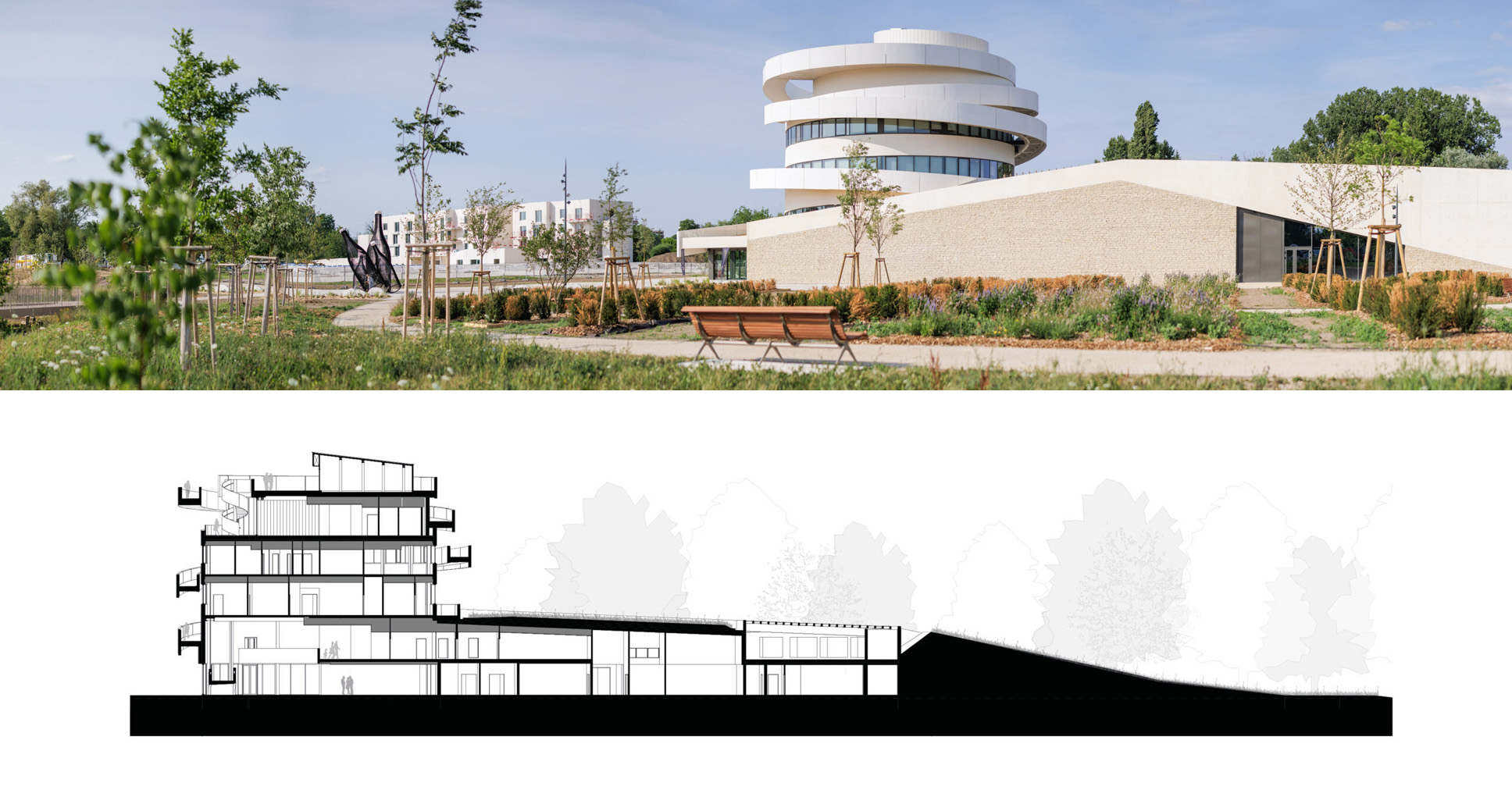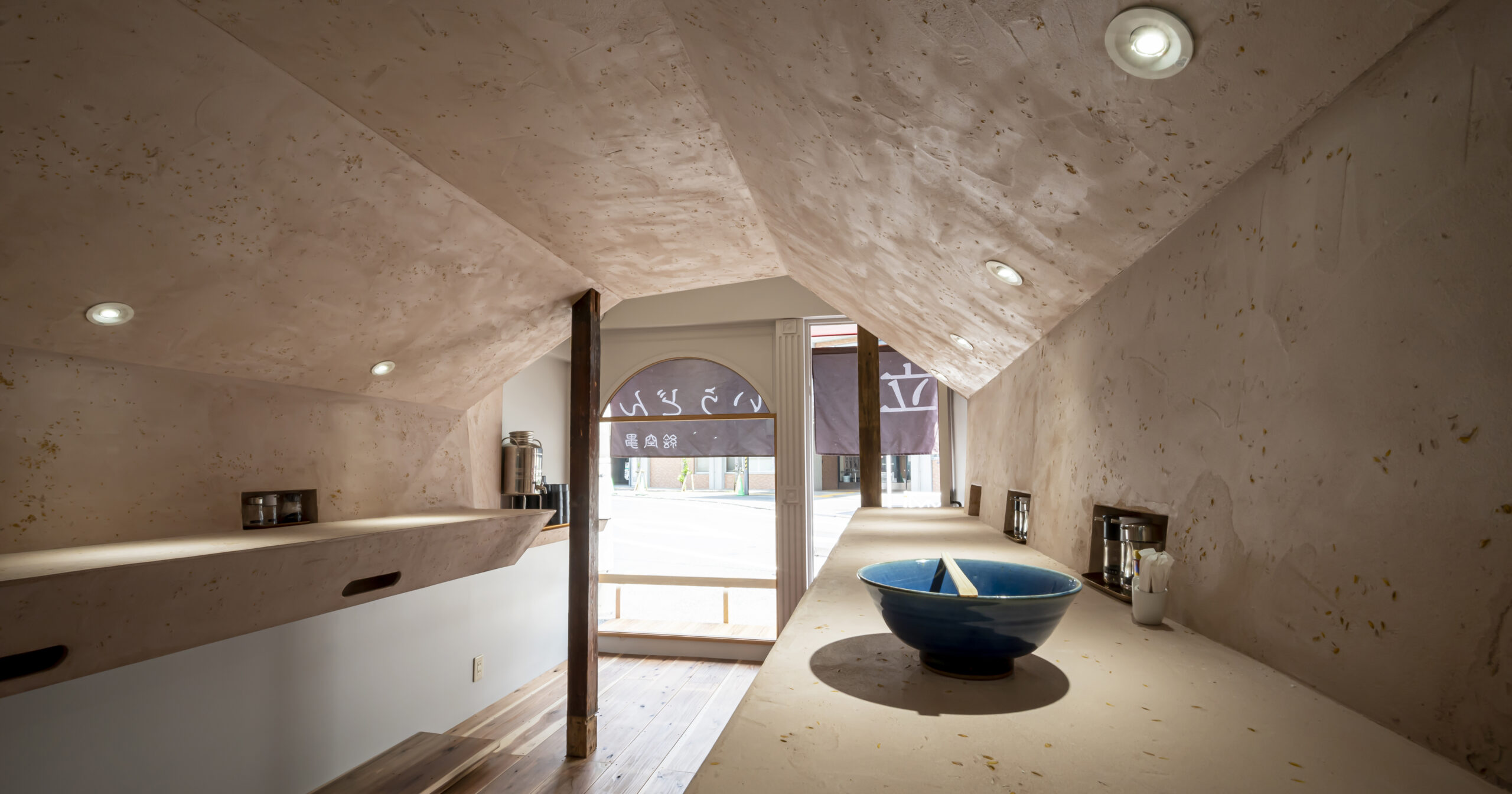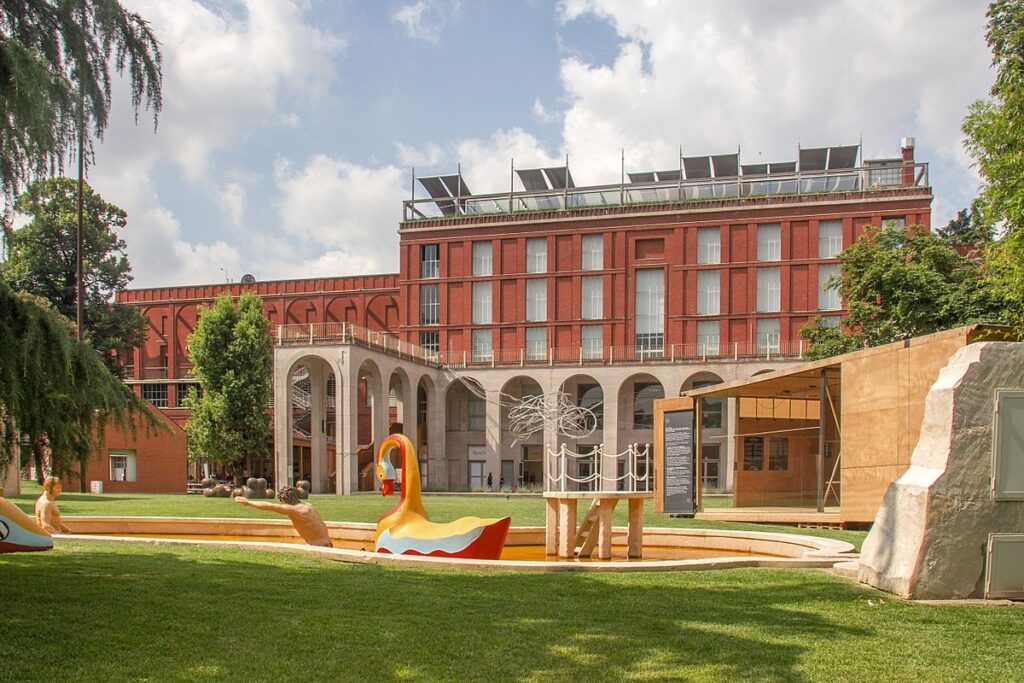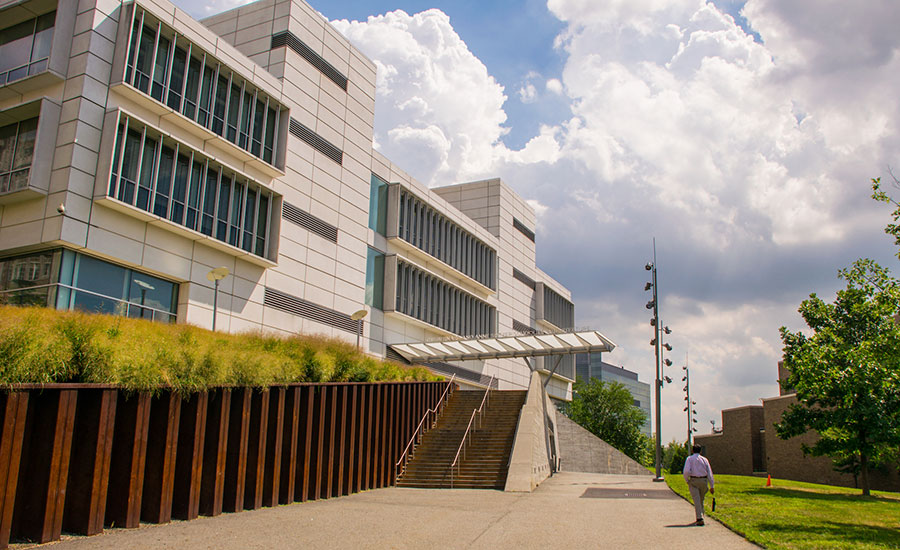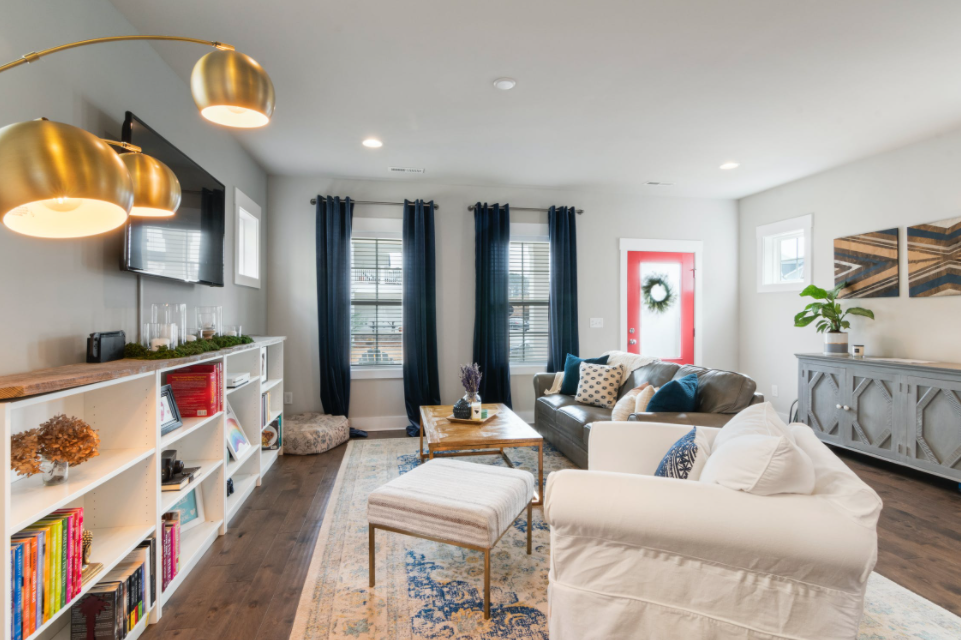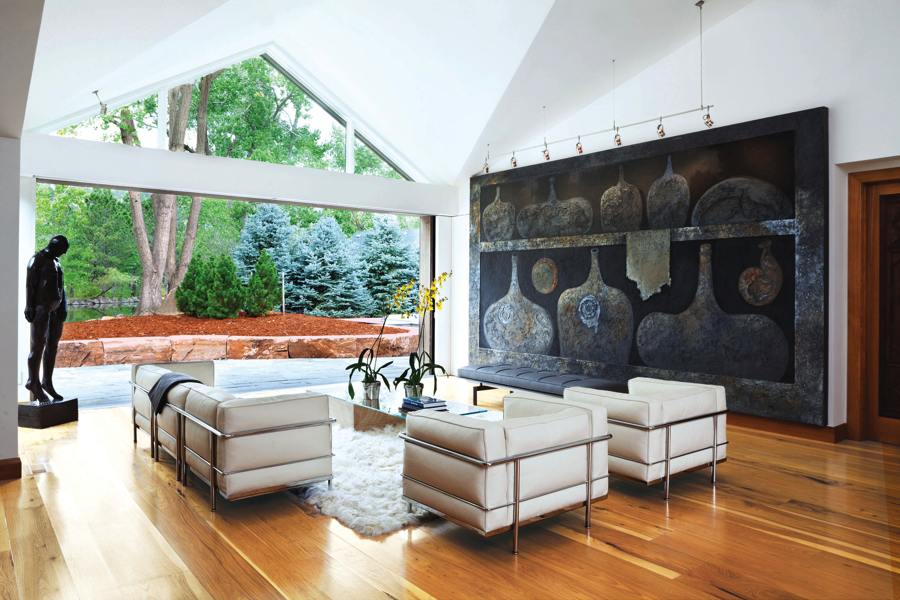Jack of All Trades or Master of One? Architecture’s Identity Crisis and The Myth of Specialization
To specialize or not to specialize? For many architects, that is the question. The post Jack of All Trades or Master of One? Architecture’s Identity Crisis and The Myth of Specialization appeared first on Journal.
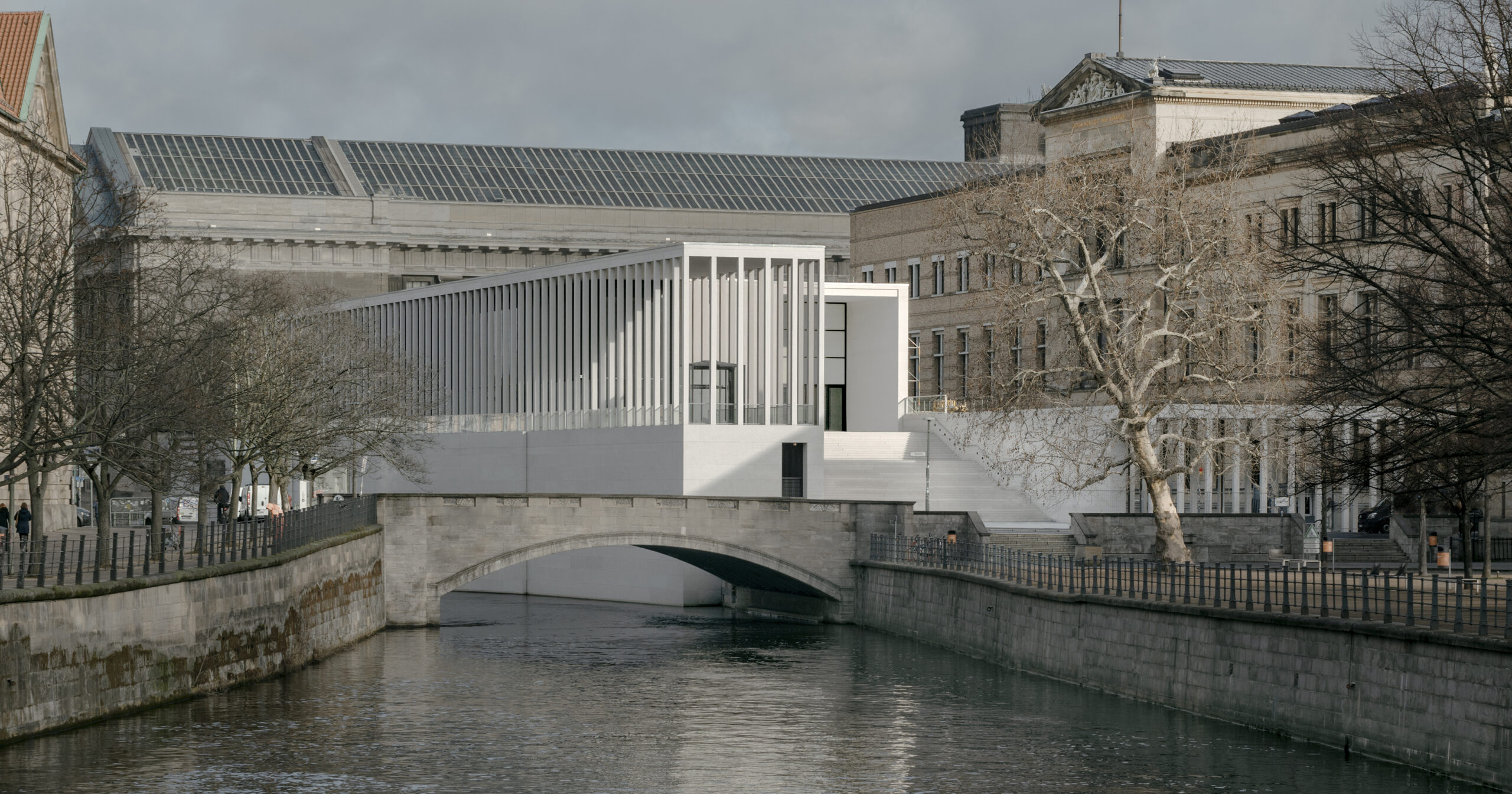
Architects: Want to have your project featured? Showcase your work through Architizer and sign up for our inspirational newsletters.
To specialize or not to specialize? This is a question that many architects have been struggling with for the past decade. In a market where the word “niche” has perhaps become the key to success, professionals in many industries attempt to drill down on their skills and become specialists in their respective fields. In the case of the architect, however, specialization might not be the straightforward answer for a successful career.
Architecture is, by default, an interdisciplinary profession, where architects must consider many variables and broaden their knowledge in different topics to carry out a project. Consequently, they often have trouble communicating their value. Frankly, the phrase “the jack of all trades, master of none,” still significantly affects perception, especially in a market that seeks experts who can solve specific problems. More specifically, specialists are often seen as irreplaceable, commanding higher fees for their rare expertise in a particular field. For example, an architect specializing in passive house design or one dedicated exclusively to working with concrete is more likely to be trusted with such projects rather than a generalist with broader but less focused experience.
Still, is the distinction between specialists and generalists truly so clear-cut? By examining a series of architectural practices — some renowned for their expertise in specific niches and others whose careers span diverse scales, typologies and contexts — we can explore the nuances of the architectural profession and the evolving nature of specialization.
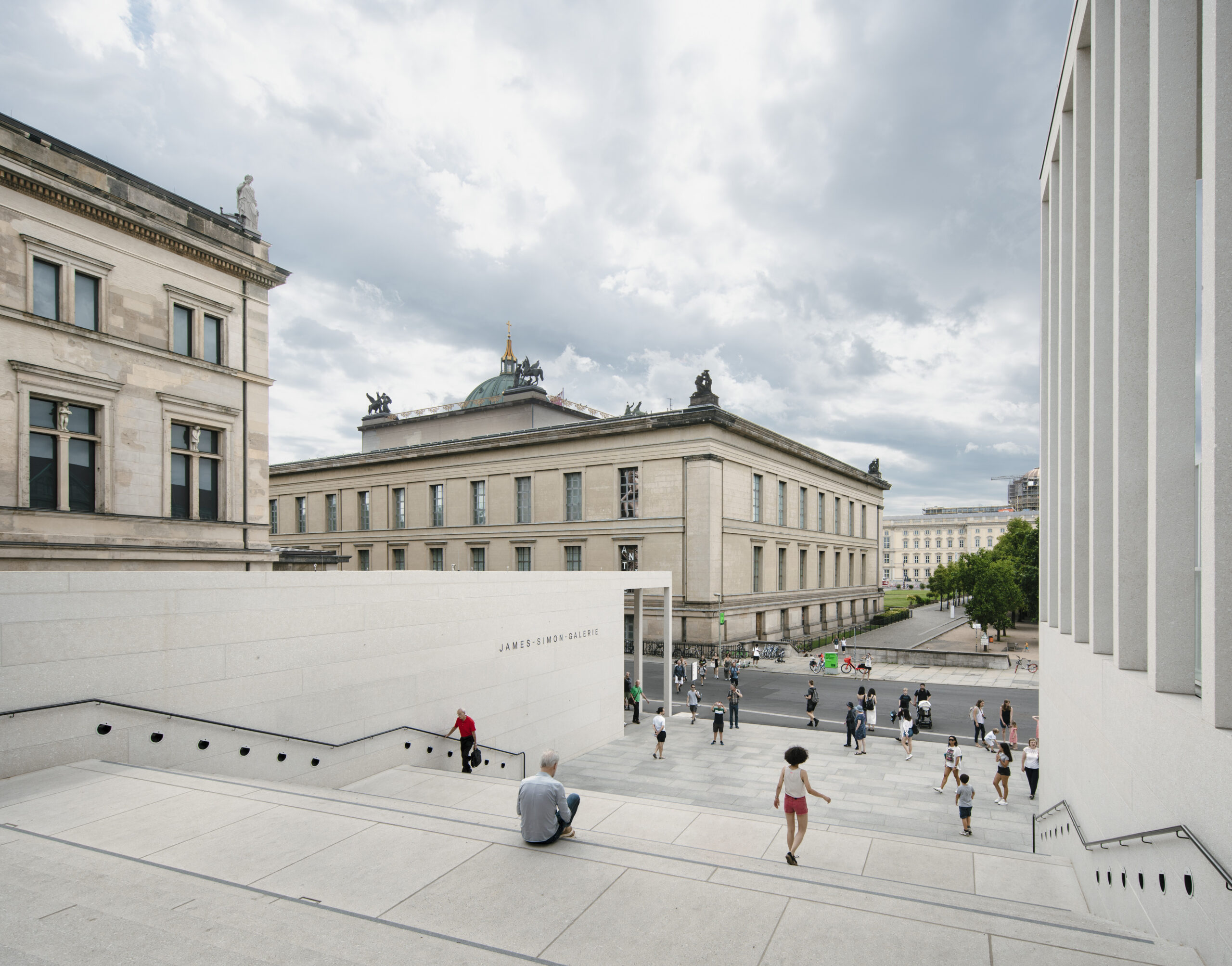
James-Simon-Galerie by David Chipperfield Architects, Berlin, Germany
David Chipperfield Architects are known for undertaking sensitive restoration and adaptive reuse projects. The James-Simon-Galerie, for example, which serves as the new entrance for Museum Island in Berlin, completes the physical connection between the Kupfergraben canal and Neues Museum. The project’s architectural language adopts existing elements from Museum Island such as built topography, colonnades and outdoor staircases. In parallel, reconstituted stone and natural stone aggregate compliments the traditional limestone and sandstone found in the rest of the buildings, becoming a contemporary façade reinterpretation.

National Museum of Qatar by Ateliers Jean Nouvel, Al Corniche Street, Doha, Qatar
Ateliers Jean Nouvel works are also highly contextual. The practice refuses to adopt a signature design approach, working in a range of projects — from skyscrapers to concert halls and museums — adapting designs to the respective cultural and environmental context. Specifically, the National Museum of Qatar is a project that emerged from the culture, physical context and untold stories of the Persian Gulf. The design intent was to give concrete expression to Qatar’s evolving identity whilst celebrating its rich history.
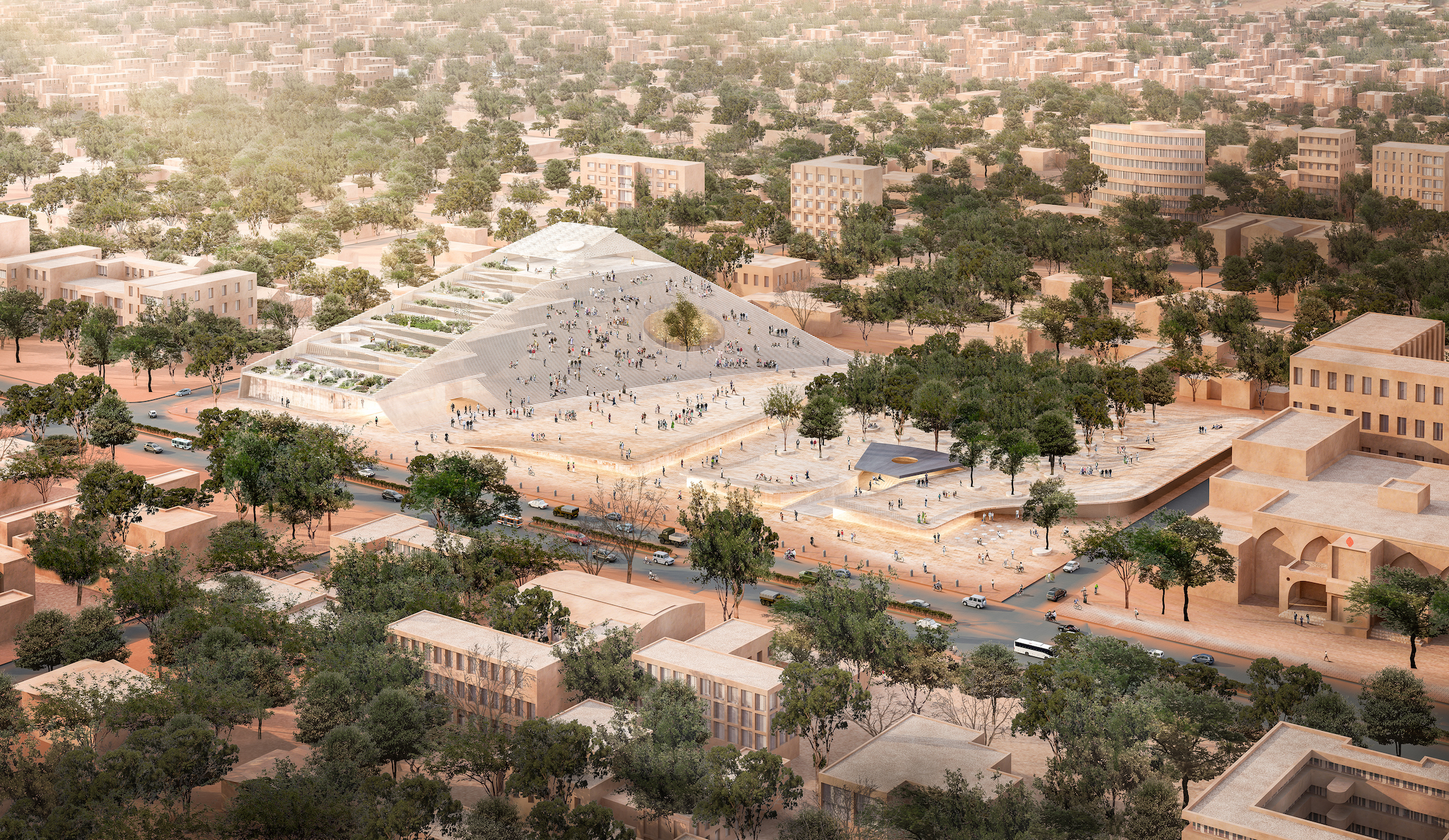
Ouagadougou Parliament House by Kéré Architecture, Ouagadougou, Burkina Faso
Kéré Architecture is a small firm based in Berlin, founded in 2005, specializing in socially conscious, community-driven architecture using local materials. The practice seeks to create economic and ecological building solutions for local situations in a global context. The Ouagadougou Parliament House in Burkina Faso was a project that signified the country’s new democratic values of transparency, openness and equality as well as become a catalyst for growth and development for the capital city. The design was inspired by local traditions, needs, resources and climates, opting for sustainable practices such as rainwater collection and solar shading. Finally, the building is successfully integrated within the wider community, providing a space for gathering, observation and public dialogue.
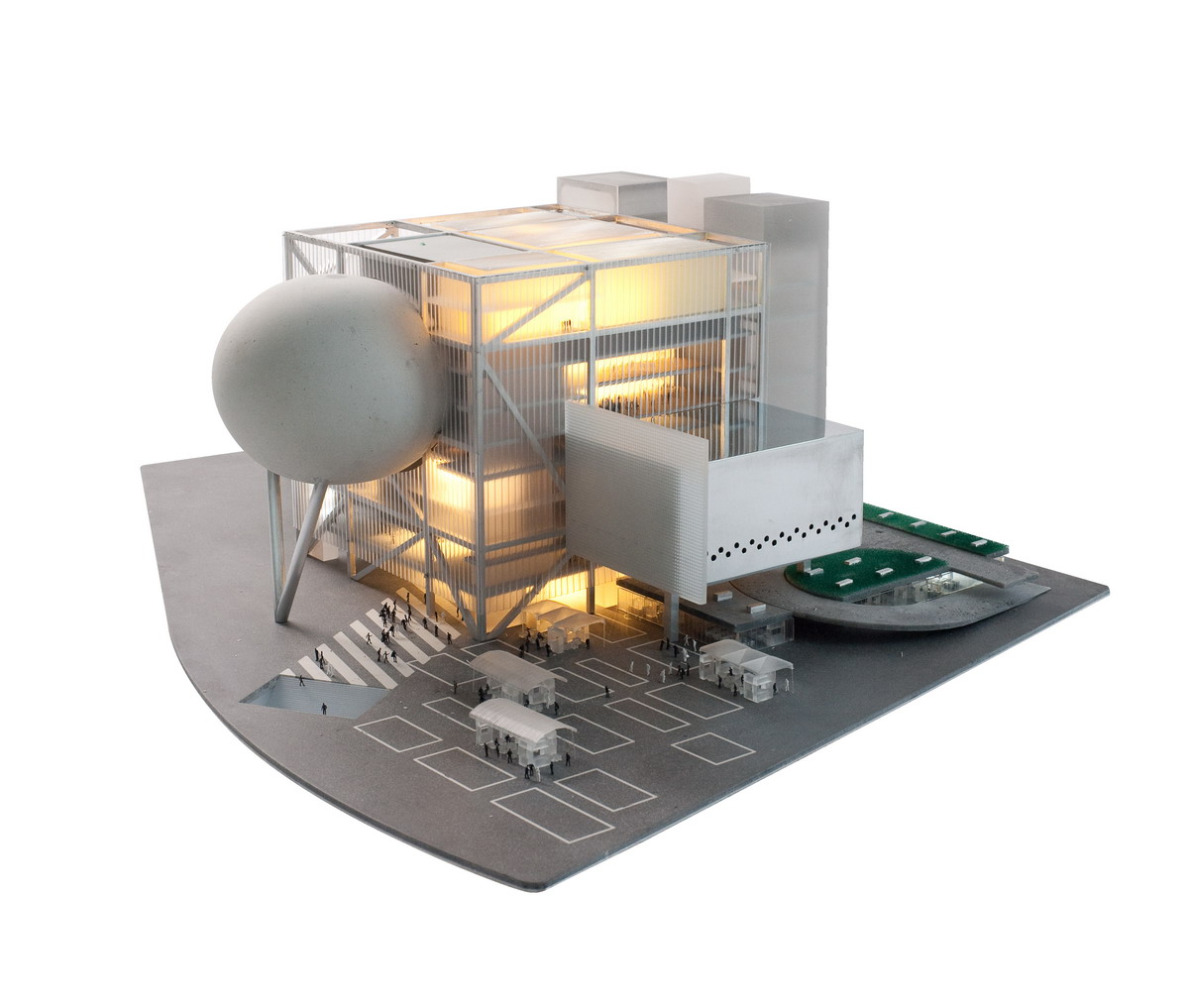
Taipei Performing Arts Centre by OMA, Taipei City, Taiwan
Speaking of urban impact, OMA is a leading architectural practice that mixes theory, urbanism and diverse project types, including public, commercial, cultural as well as experimental architecture. For instance, the Taipei Performing Arts Centre in Taiwan, revisits the functional and spatial properties of performance centers, suggesting alternative architecture for theatrical experimentation. By redefining the traditional theatre typologies — stage, proscenium, auditorium — the design draws from the immediate context and engages with the diverse public, operating as a tool rather than a landmark for Taiwan’s theatre production.
These four examples are a mix of “specialists” and “generalists” architects. Still, regardless of whether David Chipperfield Architects are renowned for their adaptive reuse projects or how OMA are considered a broader, more wide-ranging practice, they all combine interdisciplinary knowledge with focused expertise. In fact, the traditional debate between generalist versus specialist architects feels increasingly outdated — a shift which aligns with the design thinking and business strategy concept of the “T-Shaped professional.” Architecture will never become a profession that can be broken down in smaller, isolated parts. Instead, the architects’ advantage is their ability to combine broad, cross-disciplinary knowledge with deep expertise in a specific niche. Ultimately, each professions’ trajectory is determined by its practitioners and interdisciplinarity is perhaps the biggest weapon in an architects’ arsenal.
Architects: Want to have your project featured? Showcase your work through Architizer and sign up for our inspirational newsletters.
Featured Image: James-Simon-Galerie by David Chipperfield Architects, Berlin, Germany
The post Jack of All Trades or Master of One? Architecture’s Identity Crisis and The Myth of Specialization appeared first on Journal.




